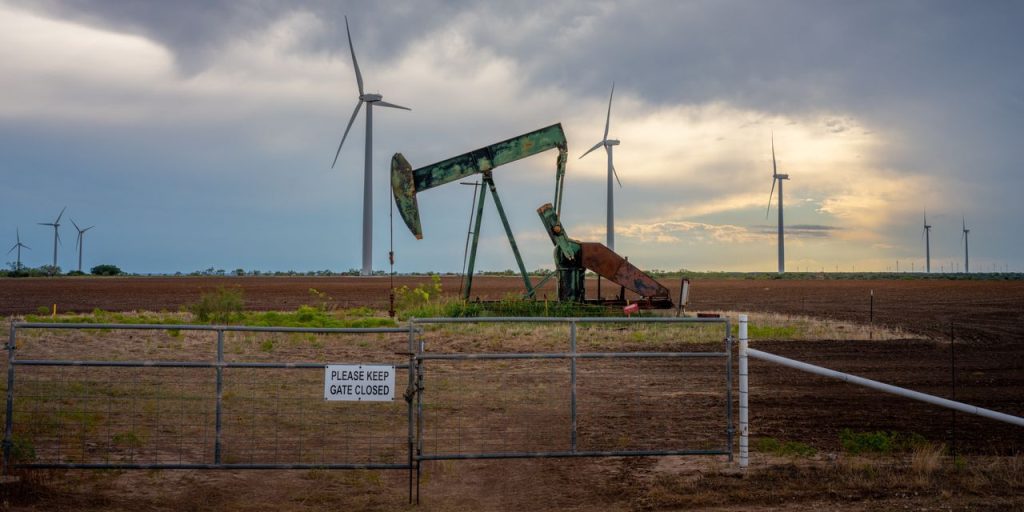Inflation has been full of surprises throughout its three-year climb in the U.S., yet one thing that apparently hasn’t changed is its overall path when compared with what it did between 1966 and 1982.
A chart of the year-over-year change in the consumer-price index shows headline inflation is taking an “eerily similar” track to the one it took more than four decades ago, according to Alejandra Grindal, chief economist, and London Stockton, research analyst, at Sarasota, Fla.–based Ned Davis Research.
The absolute levels of the CPI year-on-year changes look different between the two periods — with inflation going well above 10% in the 1970s and 1980s but peaking this time around at 9.1% last June. In both periods, however, inflation subsequently fell off and was followed by troubling developments in the Middle East. An Arab oil embargo in the 1970s imposed on the U.S. and a handful of other countries gave way to a second round of inflation later that decade and into the early 1980s. This time around, Iran’s foreign minister has called for Islamic countries to boycott Israel, including stopping oil shipments.
In a note on Friday, Grindal and Stockton said that, while they don’t expect inflation to retest its 2022 highs, “that doesn’t mean inflation is headed for a clear path downward, as there are both near-term and long-term risks.”
Chief among the near-term risks is the possibility that Israel’s war on Hamas spirals out of control and engulfs the Middle East region.
Rania Gule, a market analyst for global multiasset broker XS.com, said escalating Middle East developments will impact natural-gas and gasoline prices could increase in the near term if the U.S. is drawn into war. And at BCA Research, headquartered in Montreal, some of the scenarios being contemplated for 2024 are the possibility that oil prices could shoot above $130 a barrel to as high as $160 a barrel, although this isn’t BCA Research’s base-case forecast.
See also: 70% chance Israel-Hamas war spreads beyond Gaza, threatening oil, strategist warns and Why financial markets may be unprepared for a fourth-quarter ‘inflation surprise’
The annual U.S. headline CPI inflation rate came in at 3.7% for September, down from the 9.1% peak seen last June, but has remained above 3% for four straight months — proving to be more stubborn than many had expected.
On Friday, oil prices booked a back-to-back weekly gain as the Middle East threatened to spill over. All three major U.S. stock indexes
DJIA
SPX
COMP
finished lower. Treasury yields
BX:TMUBMUSD30Y
ended broadly lower, sending the 2-year rate
BX:TMUBMUSD02Y
to its lowest 3 p.m. Eastern time level in a week, on safe-haven demand for government debt.
Read on: Here’s what the Israel-Hamas war has done to U.S. gasoline and diesel prices
Read the full article here
